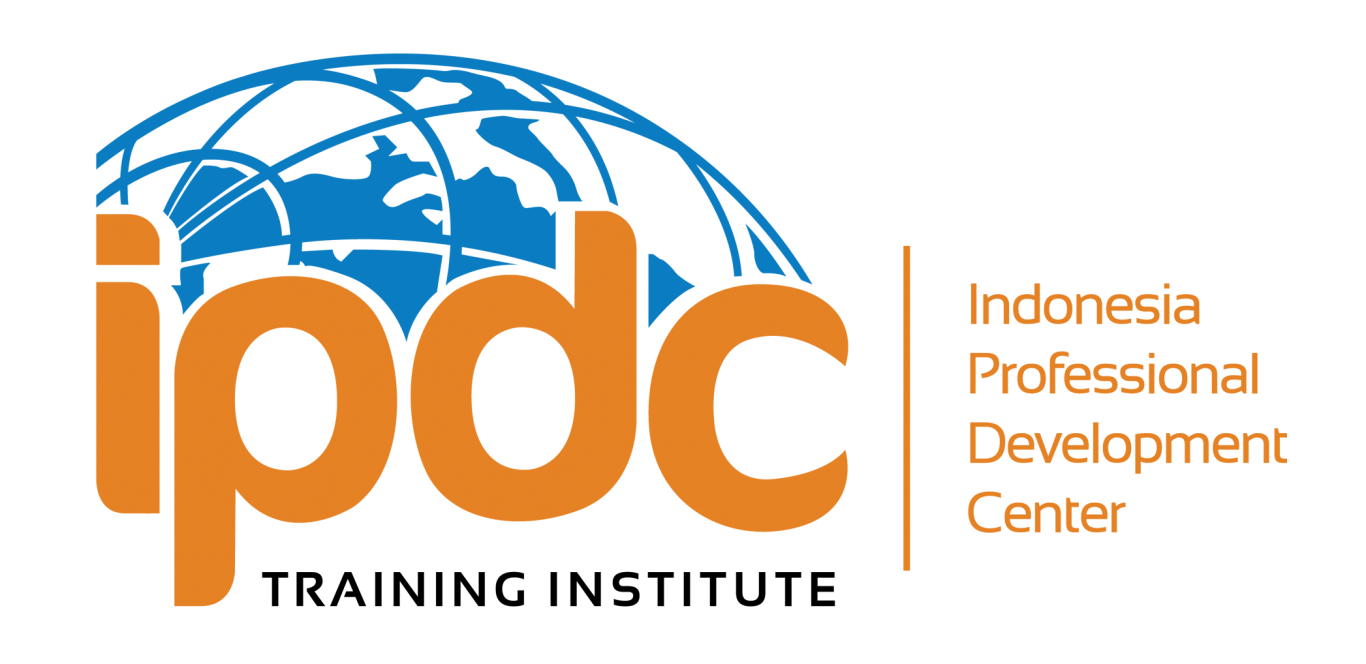













- Overview This course is designed to provide participants with the tools and techniques needed to analyze and evaluate the multifinance business model. The course focuses on understanding the financial and operational aspects of the multifinance sector, assessing risks, and identifying growth opportu

 Overview In today's dynamic and rapidly evolving business environment, leaders must balance two critical yet opposing capabilities: exploiting existing strengths for efficiency and exploring new opportunities for innovation. Ambidextrous Leadership enables leaders to master this duality, driving bot
Overview In today's dynamic and rapidly evolving business environment, leaders must balance two critical yet opposing capabilities: exploiting existing strengths for efficiency and exploring new opportunities for innovation. Ambidextrous Leadership enables leaders to master this duality, driving bot












 Overview In today’s professional landscape, the ability to communicate clearly and negotiate effectively is essential for success. This course is designed to equip participants with the skills to express ideas confidently, build relationships, and achieve mutually beneficial outcomes. By combining c
Overview In today’s professional landscape, the ability to communicate clearly and negotiate effectively is essential for success. This course is designed to equip participants with the skills to express ideas confidently, build relationships, and achieve mutually beneficial outcomes. By combining c
 This course is designed to enhance the negotiation skills of tele-collection professionals, helping them effectively engage with customers in overdue accounts, manage difficult situations, and recover payments in a way that maintains positive customer relationships. Participants will learn to balanc
This course is designed to enhance the negotiation skills of tele-collection professionals, helping them effectively engage with customers in overdue accounts, manage difficult situations, and recover payments in a way that maintains positive customer relationships. Participants will learn to balanc

Our Upcoming Trainings


Thu, Jan 16
|Indonesia
HR for Non HR Executives/Non HR Managers
HR for Non-HR Managers course highlights the full employee lifecycle from pre-employment to post-termination and includes the main labor laws that affect the employer-employee relationship.
Time & Location
Jan 16, 2025, 7:00 PM – Jan 17, 2025, 11:00 PM
Indonesia
About The Training
OVERVIEW
Hiring people with the right knowledge, skills, and attributes are important factors in the success of any business. Meanwhile, Maintaining good players is equally important to the business's success by knowing how to handle the problem of poor performance. In this case, making bad hiring decisions can prove costly and time-consuming. At such times, they must understand and operate in the best practices and comply with labor laws.
HR for Non-HR Manager is the course to take line managers with a complete employee lifecycle from pre-employment to post-termination and includes the main labor laws that affect the employer-employee relationship. HR for Non-HR Managers course highlights the full employee lifecycle from pre-employment to post-termination and includes the main labor laws that affect the employer-employee relationship.
OBJECTIVES
By the end of this training course, participants will be able to:
- explain the key stages of the employee life cycle
- identify how HR contributes to organizational success
- demonstrate when to consult with HR as a line manager
- identify the importance of employee engagement and managing the ‘psychological contract’
- identify means of establishing employee performance standards and subsequently monitor and review that performance
TARGET PARTICIPANTS
- Line Managers
- HR executives
- Non-HR professionals who are responsible for HR activities
- Managers and professionals who are tasked with launching an HR department
COURSE CONTENTS
1. Some Business Challenges
- Operating in a new environment
- The Gig Economy: How it impacts HR management
2. Competitive Advantage through Superior Human Capital Management
- Superior HCM equals Higher Share Holder Value: compelling evidence
- Human Resources as assets
3. Employment Engagement
- Economic contract
- Psychological contract
4. Human Resource Management
- The importance of HRM
- A Comprehensive HRM Model
5. The Human Resource Management functions
- HR Planning
- Staffing
- Orientation and On-boarding
- Performance Appraisal
- Training and Development
- Compensation & Benefits
- Safety and Health
- Industrial Relations
6. Employee Engagement
- Disengaged employees cost Singapore billions of dollars in growth
- What it is and its benefits
- Who is responsible
- How employee engagement leads to better business performance
- Engaging millennials
7. HR’s Changing Role
- Evolution of the HR role
- The traditional model versus the transformed model
- The three-legged model
- HRM now: 20 years on after the inception of the Three-legged Model


